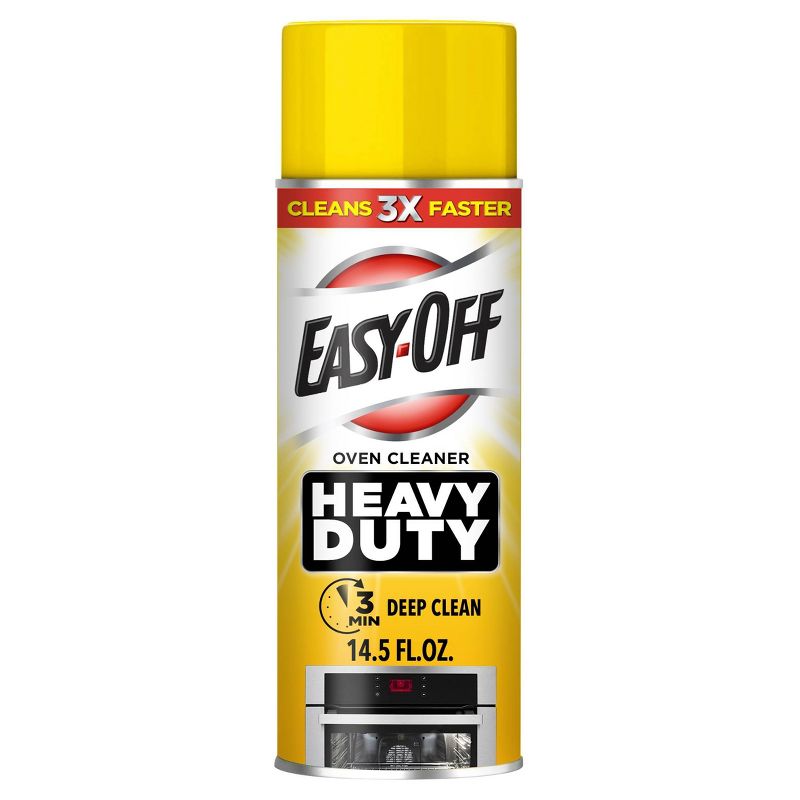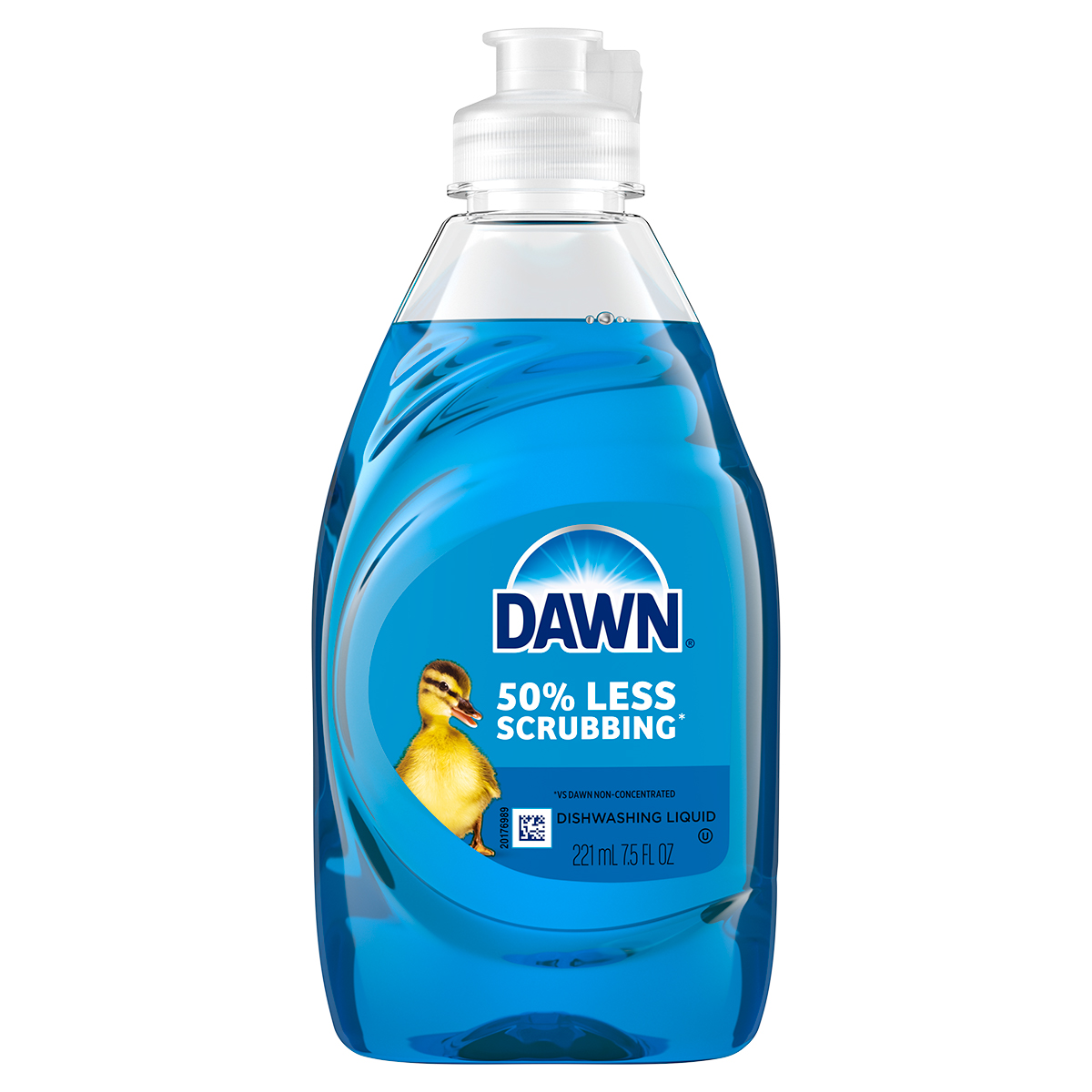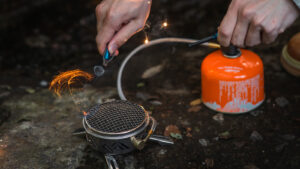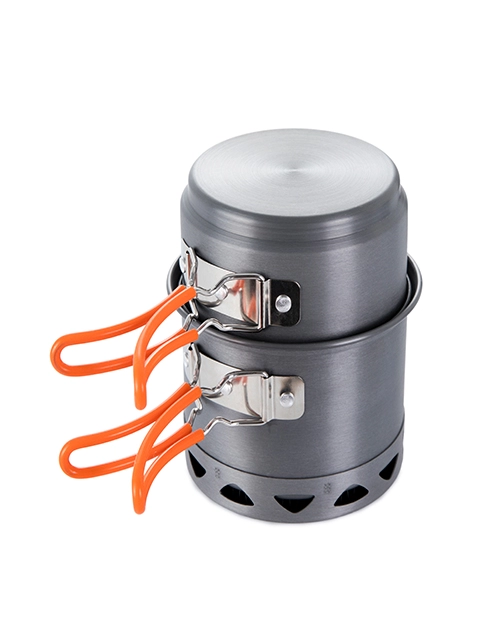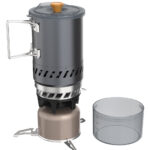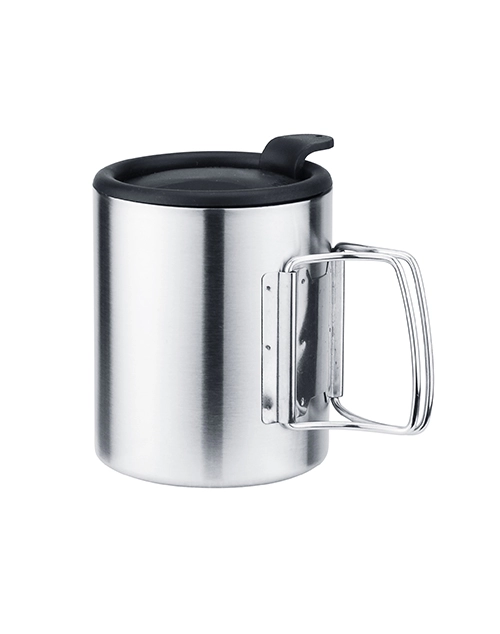
You must understand the various types of camping stoves before you start cleaning them. You may have a single burner or multiple burners that are either powered by butane, propane, or other types of fuel, depending on their design. It is important that you go through the guidelines provided by the manufacturer before going about this process to have an idea of how different camping stoves are cleaned.
Why a Camping Stove Gets Dirty?
Cooking on a camping stove can be messy, especially with greasy foods like bacon and steak. However, with the proper preparation and care, you can minimize debris buildup. Cooking food at too high a heat can cause it to burn and stick, mainly if there isn’t enough oil in the pan to create a non-stick barrier.
Overcrowding the pan also leads to sticking, as it causes the temperature to drop, resulting in steaming rather than browning. Neglecting to stir or using starchy and sugary foods can exacerbate the problem. Non-stick coatings on pots and pans can be damaged by metal utensils or abrasive scrubbers, making food more likely to stick and burn. Proper techniques and gentle cleaning can help maintain your camping stove and cookware.
Understanding Your Camping Stove
Before we get into the maintenance tips, it is important to have in mind the various types of camping stoves in the market and how detailed the level of specificity in their maintenance is. There are three common types of camping stoves:
Canister Stoves: These are quite popular due to their small size and ease of operation. They are built to work on a pre-pressurized fuel canister.
Liquid Fuel Stoves: Suitable for use in extremely cold weather and at high altitudes, Liquid Fuel Stoves are fueled by liquid fuel such as white gas or kerosene.
Alternative Fuel Stoves: These include alcohol stoves and wood-burning stoves, favourites among minimalistic campers.
Each type has specific maintenance needs, but there are some things that are common to all.
Tips to Clean Camping Stoves Safely
A clean stove is as effective and safe as a camping stove as any well-maintained stove. Regular maintenance will avert grease accumulation and food particles, reducing risks associated with fire. Let’s take a closer look at some of the most essential tips to clean your camping stove properly:
Regular Cleaning
The initial thing you should do to make sure that your camping stove functions well and will serve you for a little while is to clean it. Below are tips on how to clean the various parts of the stove:
Burner: Take off the burner from the stove and brush it with a gentle brush to get rid of any food particles or soot. If there is any stubborn residue, it can be cleaned with a little mild detergent with warm water.
Fuel Line: Inspect for any blockages inside the fuel line. For canister stoves, make sure that there is no dirt at the connection points. Sometimes, liquid fuel stoves have to have the fuel line cleaned, flushed through, once in a while so that there are no clogs.
Windshield and Pot Supports: Clean the windshield and pot supports with the help of a damp cloth to remove dirt and grease residues.
Inspecting for Damage
Regularly check your camping stove for wear and tear. Specifically look for:
Cracks or Splits: Inspect the stove body and all its components for any cracks or splits. This is highly significant for stoves that are constructed with materials that are lightweight in nature.
Seals and O-Rings: Seals and O-rings must be inspected for brittleness and any cracks. These must be in good condition as they will have to be sealed tight to prevent fuel leaks.
Fuel Canister Attachment: Make sure your attachment area for fuel canisters is in good condition and is neither worn nor damaged because sometimes fuel leaks may occur.
Lubrication
For stoves with moving parts, such as liquid fuel stoves, occasional lubrication is necessary. Use a silicone-based lubricant on pump leathers and other moving parts to ensure smooth operation. Avoid using oils that can attract dirt or degrade rubber components.
Storing Your Stove Properly
Proper storage can significantly extend the life of your camping stove. Follow these guidelines:
Dry Storage: Ensure your stove is completely dry before storing it to prevent rust and corrosion.
Disassemble When Possible: If your stove can be disassembled, take it apart to store it. This helps prevent strain on parts and makes it easier to inspect for damage.
Cool, Dry Place: Store your stove in a cool, dry place away from direct sunlight and moisture.
Using the Right Fuel
Using the correct fuel is essential for the longevity and efficiency of your camping stove. Always use the recommended fuel type for your stove model. Using incompatible fuels can cause poor performance and damage to the stove. For liquid fuel stoves, use high-quality fuel to avoid clogging and deposits.
Regular Servicing
Periodic servicing of your camping stove can prevent many issues and ensure it runs smoothly. This can include:
- Deep Cleaning:Occasionally, give your stove a deep clean. Disassemble it as much as possible and clean each part thoroughly.
- Replace Worn Parts:Replace any parts that show signs of wear, such as O-rings, seals, and pump leathers.
- Check for Leaks:Periodically check for fuel leaks by applying soapy water to connections and looking for bubbles.
The cleaning and maintenance of different camping stoves are summarized as follows:
| Camping stove types | Cleaning focus | Maintenance focus |
| Tank type | Furnace body, bracket, gas tank connection | Avoid high temperature exposure and check the gas tank |
| Liquid fuel | Furnace body, bracket, fuel pump, fuel pipeline | Avoid using low-quality fuel and check your fuel tank |
| Alternative fuels | Cleaning by fuel type | Perform maintenance according to the instructions |
Safety Tips
Maintaining your camping stove also involves following some safety precautions:
- Ventilation:Always use your stove in a well-ventilated area to avoid carbon monoxide buildup.
- Stable Surface: Ensure your stove is on a stable, flat surface to prevent tipping over.
- Fuel Handling:Handle fuel carefully, avoiding spills and ensuring fuel bottles are tightly sealed.
Eco-friendly ways to clean camp stoves
If you want an eco-friendly, non-irritating cleaning solution, try the following cleaning methods:
1. Baking soda
Baking soda is a mild abrasive that can effectively remove stubborn stains. Mix baking soda with water and apply to the stain, let it sit for 5-15 minutes, and wipe with a soft cloth or sponge until the stain is removed. The mixing ratio of baking soda to water is as follows:
For light stains, the ratio of baking soda to water is about 1:10, that is, one teaspoon of baking soda to 100 ml of water.
For moderate stains, the ratio of baking soda to water is about 1:5, that is, one teaspoon of baking soda to 50 ml of water.
For heavy stains, you can increase the proportion of baking soda appropriately, but be careful not to use too much baking soda to avoid scratching the surface of the stove.
2. White vinegar
White vinegar has a natural acidity that can dissolve mineral deposits and grease. Mix white vinegar and water in a ratio of 1:10, that is, 1 part white vinegar to 10 parts water. After applying the white vinegar mixture, let it sit for 5-15 minutes and wipe it clean.
3. Lemon juice
Like white vinegar, lemon juice has natural acidity and can also remove water stains and oil stains, while leaving a fresh lemon scent. Lemon juice has a polishing effect on stainless steel, making the stove bright, and reacts with aluminum, which may damage the aluminum alloy surface over a long period of time. If your camping stove is stainless steel, you can try to clean it with lemon juice.
For stubborn stains, squeeze lemon juice directly on the stains, let it sit for 5-15 minutes and then wipe it.
For moderate or light stains, it is recommended to dilute lemon juice and water in a ratio of 1:2 or 1:3 before use.
4. Hydrogen peroxide
Use: Hydrogen peroxide is a mild bleaching agent that can remove stubborn stains. Mix hydrogen peroxide and water in a 1:1 ratio and apply it to the surface of the stove, especially the heavily stained parts. Let it sit for 5-10 minutes and wipe it off. Remember to wear gloves and glasses when cleaning to avoid contact between hydrogen peroxide and skin and eyes.
5. Soapy water
Soapy water can also effectively remove grease and dirt. There is no strict regulation on the concentration of soapy water. Normally diluted soapy water is enough. It is recommended to use warm soapy water to better clean stains. Use it in small amounts and multiple times.
Homemade cleaning agent recipe
Baking soda + white vinegar + water: Mix these three ingredients to make a multi-purpose cleaner that is suitable for a variety of stains. The mixing ratio is as follows:
Light stains: Baking soda: white vinegar: water = 1:1:10
Medium stains: Baking soda: white vinegar: water = 1:2:10
Stubborn stains: Baking soda: white vinegar: water = 2:1:10
Lemon juice + olive oil: Mix these two ingredients to make a natural polish that is suitable for stainless steel stoves. The mixing ratio is as follows:
Lemon juice: olive oil = 1:1, this ratio of detergent is relatively mild and suitable for cleaning lighter stains and daily maintenance.
Lemon juice: olive oil = 2:1, this ratio of detergent is suitable for cleaning more stubborn stains, such as oil stains, scale, etc.
Lemon juice: olive oil = 3:1, this ratio of detergent has stronger cleaning power, but it is also corrosive to the surface, so be careful when using it.
Camping stove cleaning product recommendations
Multi-Purpose Cleaning Sprays: These sprays are versatile enough to remove a wide range of stains, including grease, carbon, and food residue.
Simple Green Multi-Purpose Cleaner
Approved by the EPA Safer Choice Program to remove odors, dirt, grease, and stains. With a refreshing sassafras scent, the non-abrasive, non-flammable, non-corrosive, phosphate-free, septic-free formula cleans counters, carpets, floors, fabrics, appliances, and vehicles, and can also be used for everyday cleaning.
Mr. Clean Clean Freak 16 fl oz
Features a powerful nozzle with a foaming action that reduces scrubbing, easily removes stubborn bathroom stains, leaves a streak-free shine, and has a fresh, long-lasting grapefruit scent.
Stainless Steel Cleaners: If your stove is made of stainless steel, these cleaners are specifically designed to remove dirt and fingerprints while maintaining the metal’s shine.
Stainless Steel Cleaner and Polishing Sprays
Weiman is a trusted cleaning brand for most delicate, hard-to-care-for surfaces in your home. Clean, protect and enjoy your home with the best and most trusted stainless steel cleaning products
pH neutral formula quickly cleans, polishes and protects any stainless steel surface, effectively eliminating surface fingerprints, fogging, smudges, grease, streaks and residue buildup. Suitable for stainless steel refrigerators, microwaves, ovens, stoves, grills, sinks, range hoods and trash cans.
Oven Cleaners: For stubborn baked-on stains, oven cleaners may be effective, but be sure to follow instructions carefully and wear protective gear.
Easy-Off Fresh Scent Heavy Duty Oven Cleaner – 14.5 oz
For cleaning ovens, oven doors, grills, grills, baking sheets and stainless steel surfaces, it penetrates tough burnt-on grease and food in just 5 minutes, suitable for occasional deep cleaning or daily stubborn stain cleaning.
Dish Soap: Mild dish soap can be used for general cleaning
Dawn Dish Soap Ultra Dishwashing Liquid
Dawn dishwashing liquid, made with biodegradable surfactants, can be used beyond the kitchen sink to clean stains on clothing, greasy tools and wheels, and remove grease and grime around the home. It’s effective at cutting grease, yet gentle enough to do the job.
Troubleshooting Common Issues
Even with regular maintenance, you may encounter some common issues with your camping stove. Here’s how to troubleshoot them:
- Weak Flame:If your stove’s flame is weak or sputtering, check for blockages in the fuel line or burner. Clean or replace parts as necessary.
- Fuel Leaks:If you detect a fuel leak, turn off the stove immediately and inspect all seals and connections. Replace any damaged parts before using the stove again.
- Pump Failure:For liquid fuel stoves, if the pump is not building pressure, check the pump leather and O-rings. Lubricate or replace them as needed.
Proper maintenance of your camping stove is essential for safe and efficient operation in the great outdoors. By regularly cleaning, inspecting for damage, lubricating moving parts, and storing your stove properly, you can ensure it remains a reliable part of your camping gear for years to come. Following these tips and guidelines will help you enjoy delicious meals on your adventures without any hassle.
Remember, a well-maintained camping stove not only enhances your outdoor experience but also contributes to your safety. So, take the time to care for your stove, and it will serve you well on all your camping trips.
FAQ
Use cooking spray or oil, a thin layer of cooking spray or oil will help prevent sticking.
Clean the stove regularly, a clean stove is less likely to cause food to stick.
Check if the burner and nozzle are blocked. Accumulated dirt or debris can block the burner and nozzle, causing a weak or intermittent flame.
Check if the fuel line is normal. Any kinks, bends or leaks in the oil line can cause intermittent flames.
Of course, environmental factors also need to be considered, such as altitude. If you camp at high altitude, the air pressure will be lower, which will affect the performance of the stove.
Recommended popular articles
The Best Liquid Fuel Backpacking Stoves
How to Make a Pot Cozy for Rehydrating Backpacking Meals
Can I Keep My Titanium Cups in the Refrigerator?
20 Backcountry Winter Hiking Essentials for Backpackers: What to Wear and Gear
10 Things That Every Beginner to Truck Camper Should Know
Survival Cooking Kits: Preparing Delicious Meals in the Great Outdoors





